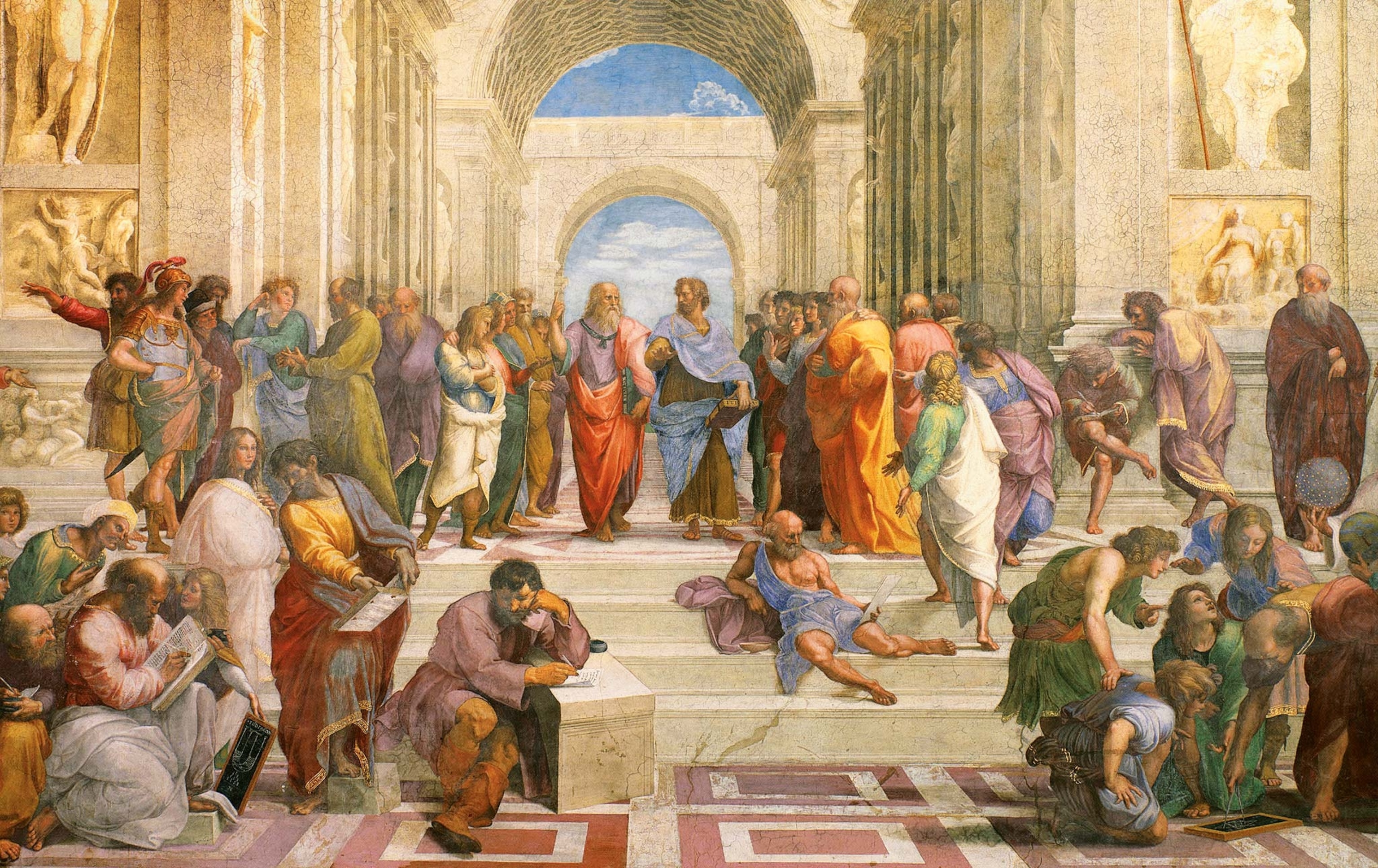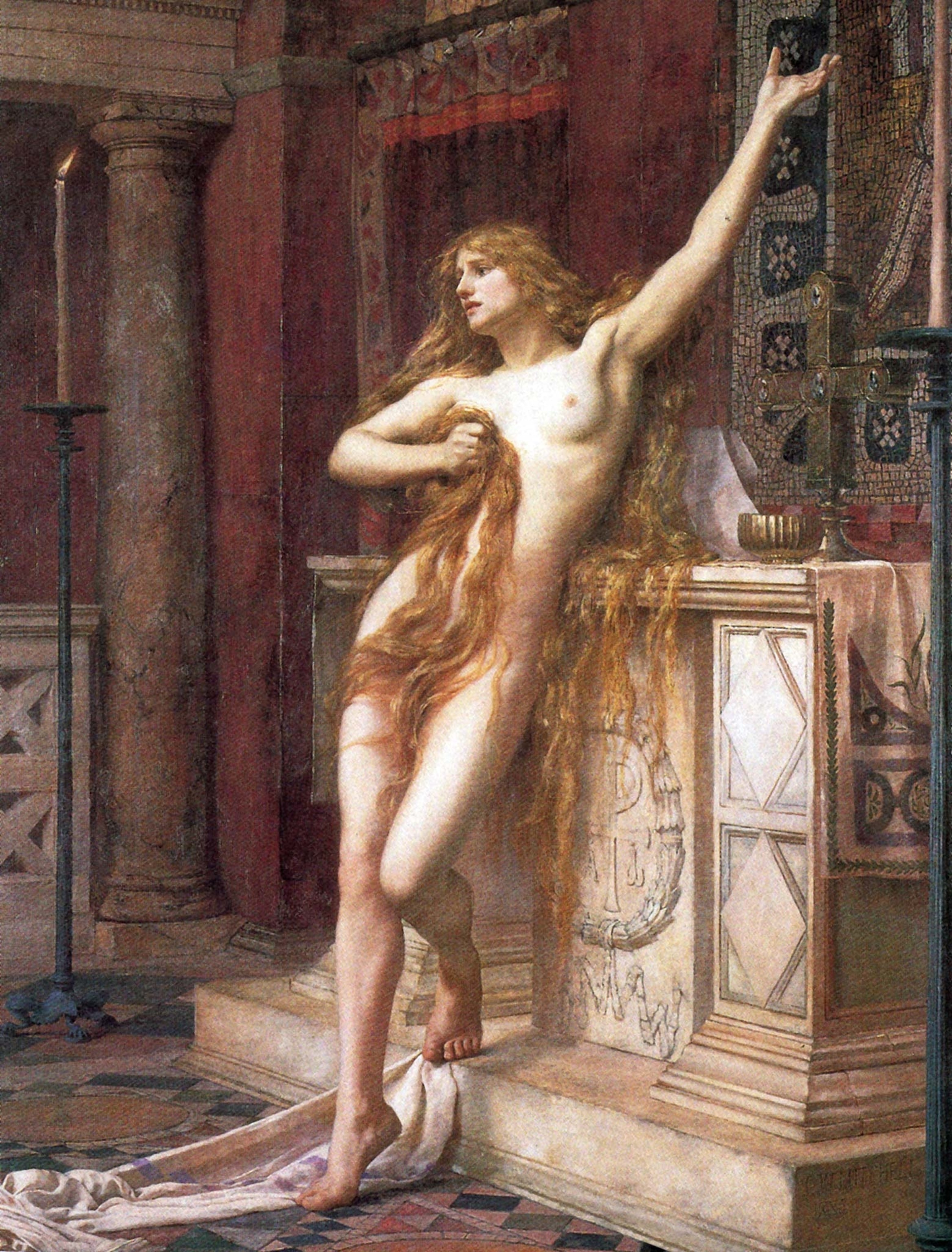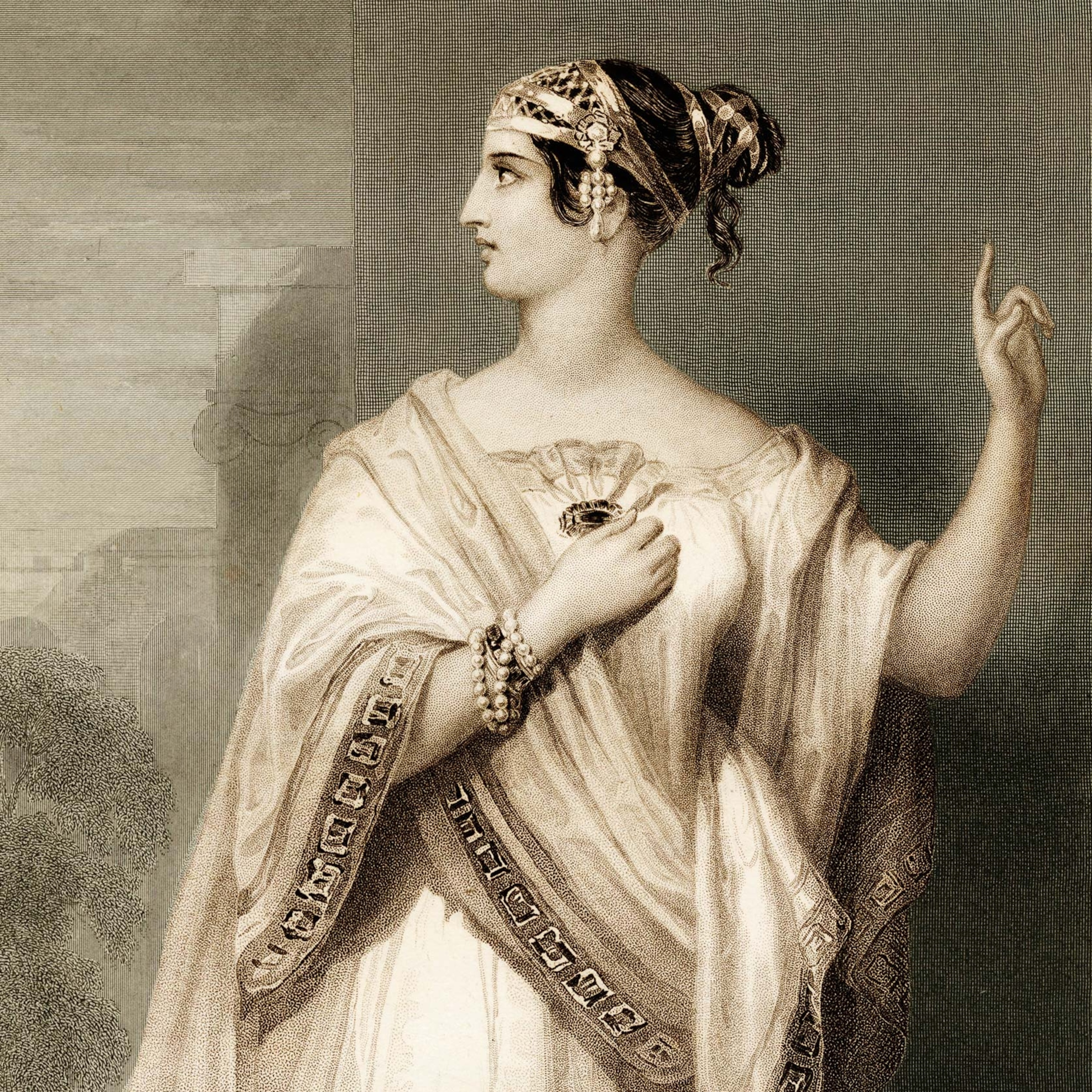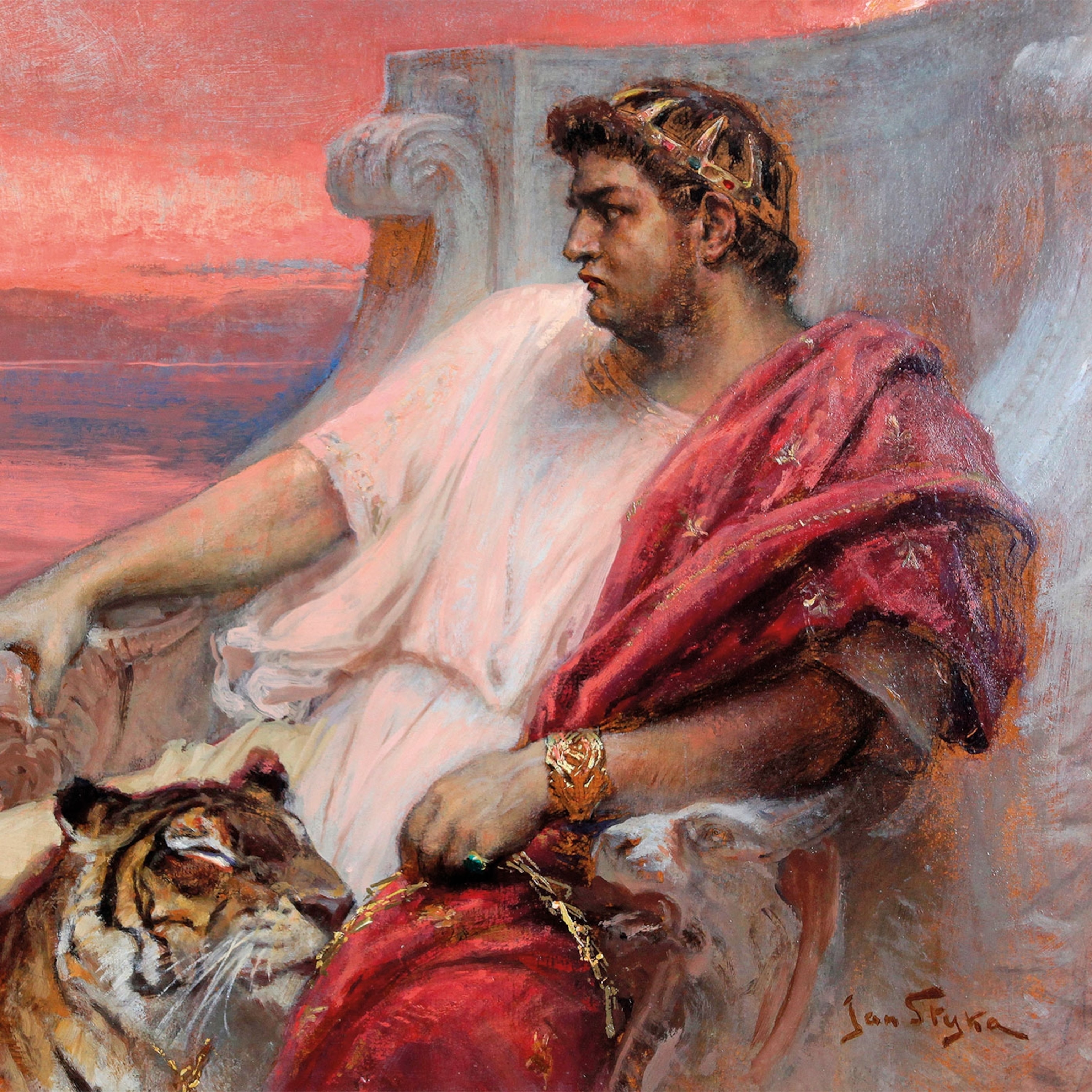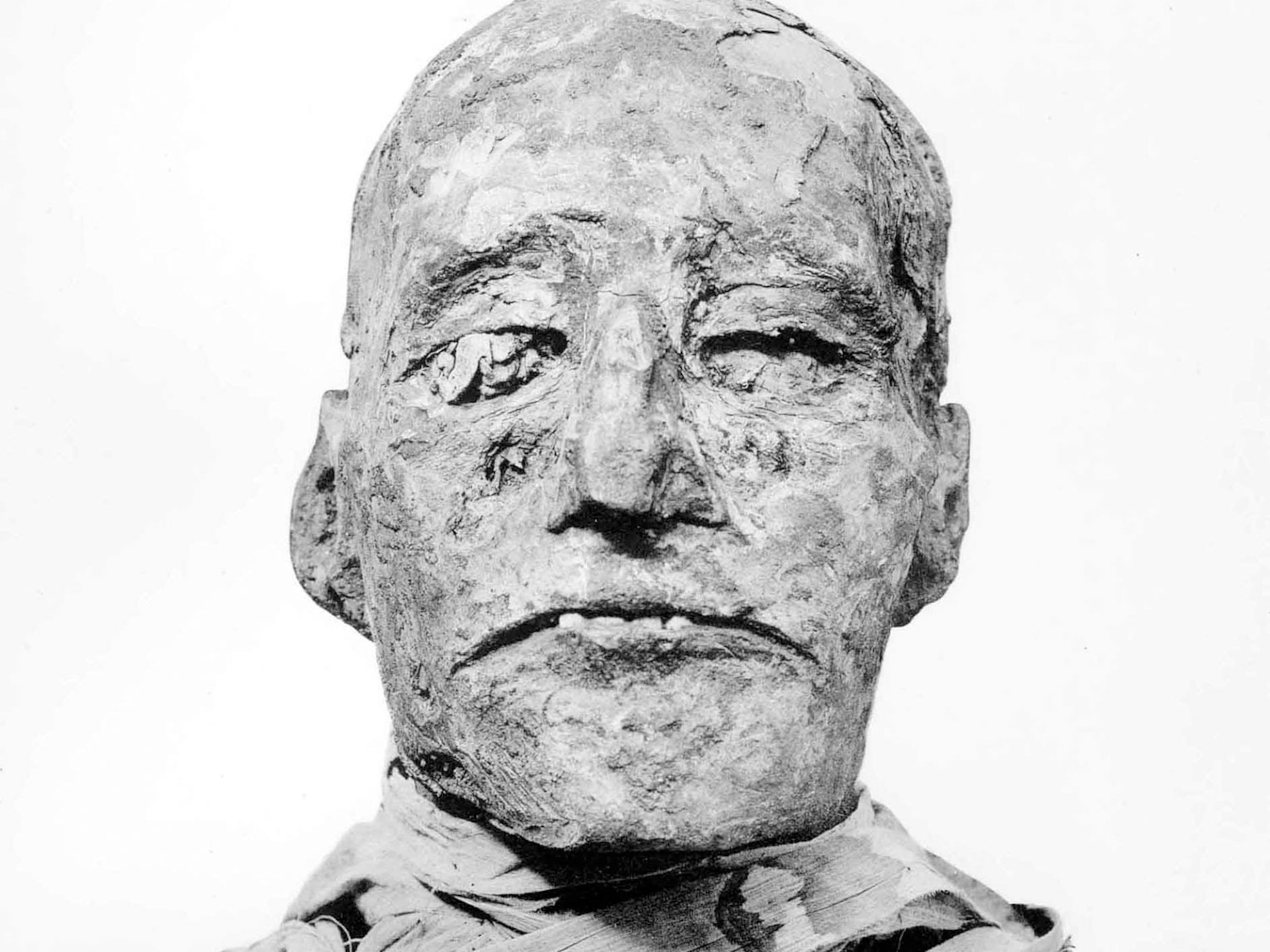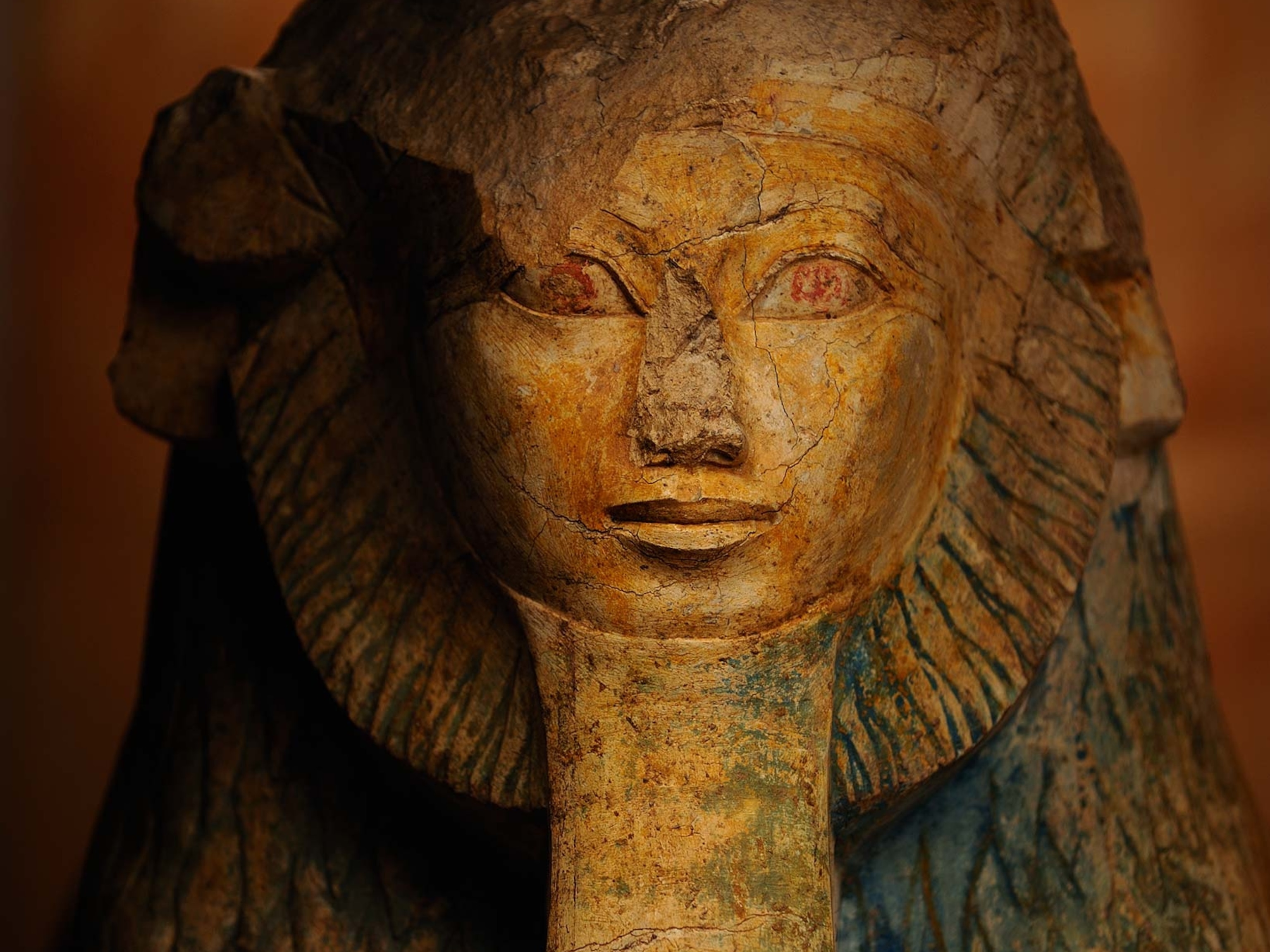This brilliant philosopher was murdered by a mob. But there's much more to her story.
In A.D. 415 Christian fanatics attacked and murdered Hypatia of Alexandria, claiming she was a heretic using black magic. Here’s the truth.
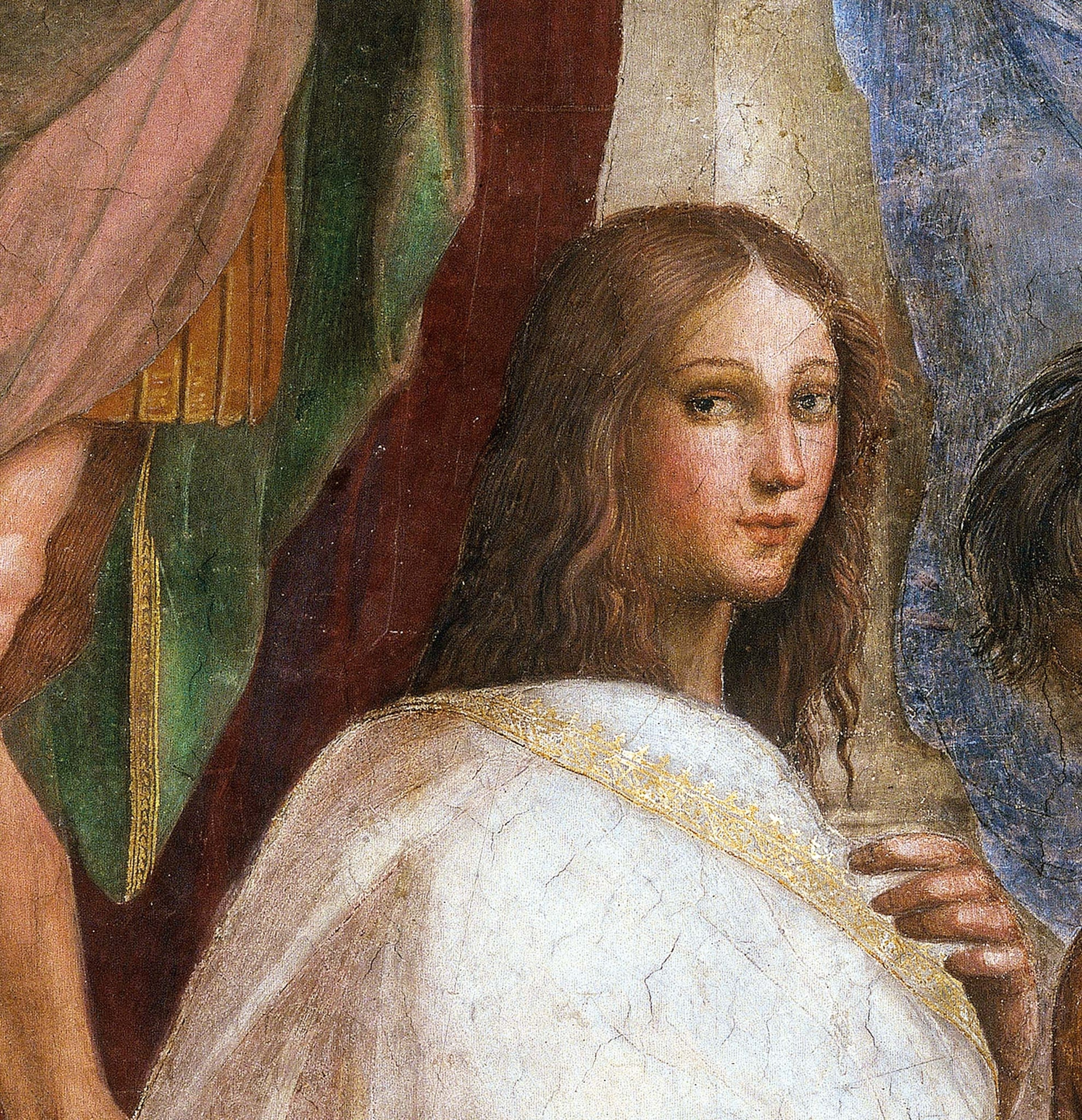
Hypatia reigned as not only the greatest philosopher of her native Alexandria in the late fourth and early fifth centuries A.D. but also as one of late antiquity’s greatest thinkers. These feats alone would merit sufficient preservation of her name through the ages, yet this is not history’s account.
Instead, Hypatia is remembered mostly for her horrific murder in A.D. 415 at the hands of a fanatical Christian mob. Contemporaneous sources recount the murder in detail. The Christian authors Socrates Scholasticus and John of Nikiû, as well as pagan authors including the Greek Neoplatonist philosopher Damascius, agree in their descriptions of her death. She was forcibly dragged from her chariot in Alexandria and brought to a church called Caesareum. There, she was stripped naked, flayed, and brutally murdered. After dismembering her body, the mob burned her remains.
Murdered and martyred
Other accounts state she was giving a lecture when the mob found her, and after taking her to the church, she was dragged through the streets. Cyril, Patriarch (archbishop) of Alexandria, plotted her murder and ordered it carried out. Whichever version is more accurate, it has long been believed she was assassinated by a rabble of Christian fanatics for her philosophical beliefs—that is, she didn’t support Christianity in a world in which Christians and pagans were at odds. But there’s more to the story.
Ancient Alexandria
At the time of Hypatia’s birth around A.D. 360, the important cultural and intellectual center of her native Alexandria was waning. Founded by Alexander the Great in 331 B.C., this great city was the site of the Pharos lighthouse, one of the ancient world’s seven wonders, and the Mouseion, which included the famous Library of Alexandria, said to have served as a training ground for the ancient world’s best writers, doctors, scientists, and philosophers.
(These historic Greek sites shed fresh light on Alexander the Great’s lost kingdom.)
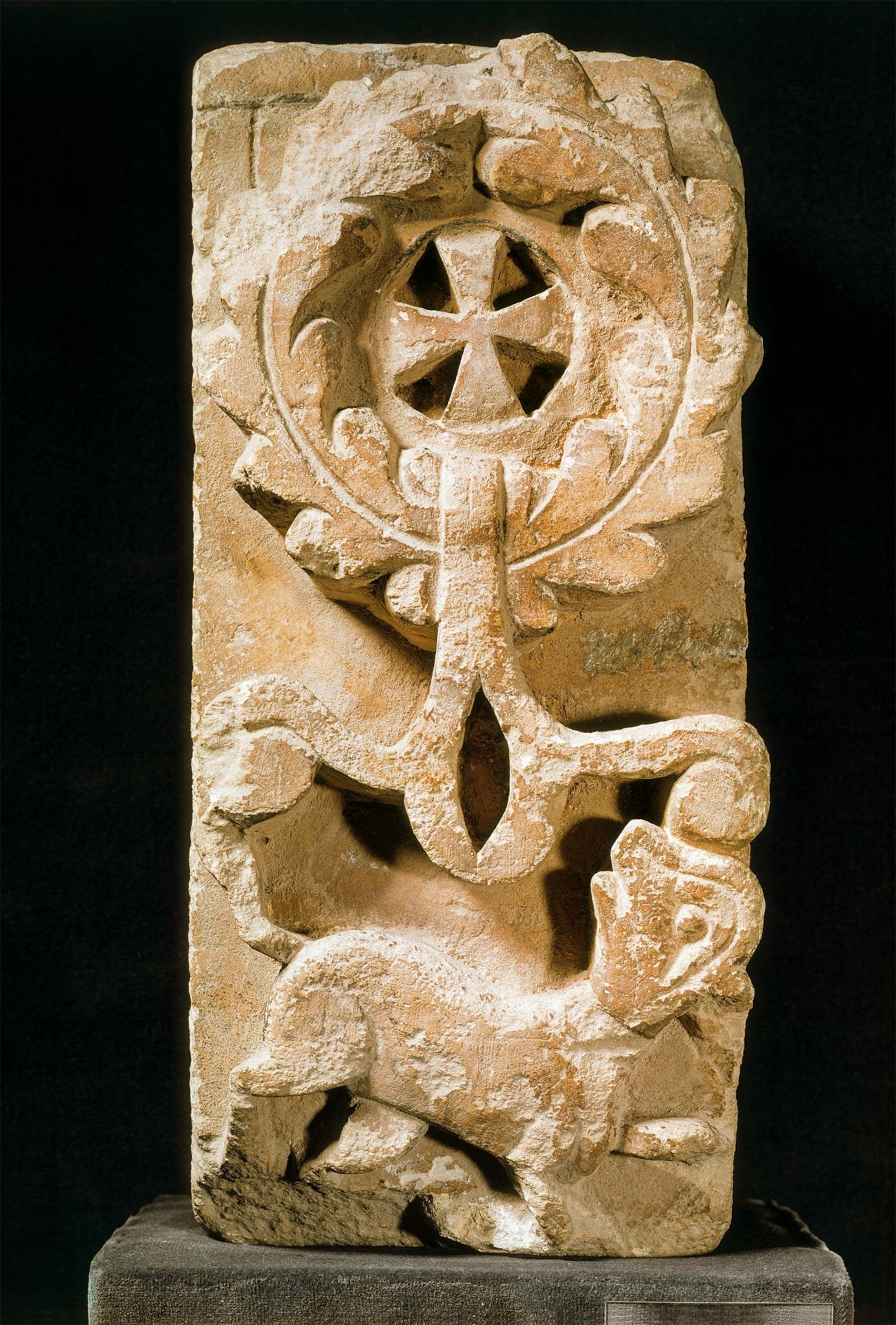
After Julius Caesar conquered Alexandria in 48 B.C. and burned part of the city’s great library, Alexandria began a slow decline. In A.D. 364, the Roman Empire split in two, and Alexandria remained in the eastern portion, controlled by Constantinople (modern Istanbul). Around this time, disputes erupted between the city’s Christian denominations. One ancient writer noted that there were no people who loved a fight more than those of Alexandria. Then, in A.D. 380, Emperor Theodosius I declared Christianity the official religion of the Roman Empire, including Alexandria, mandating punishment to nonbelievers. Tensions rose between Christians and non-Christians.
Early years
Against this backdrop of religious and political strife, Hypatia received an excellent education under the guidance of her father, the renowned mathematician and astronomer Theon, who taught at the Mouseion. He introduced her to a wide range of subjects, including mathematics, astronomy, philosophy, and literature. Early on, Hypatia demonstrated exceptional intellectual abilities and a passion for learning. She delivered detailed commentaries on the great works of mathematics and astronomy that had been produced in Alexandria centuries earlier in the times of the Ptolemies (305 B.C. to A.D. 30).

However, it wasn’t Hypatia’s talent for mathematics and astronomy, or even her inventions, that had the greatest impact. She would earn renown primarily as a philosopher. Hypatia espoused a school of thought known as Neoplatonism. Reinterpreting the ideas of ancient Greek philosopher Plato, this teaching emerged in the third century A.D. Combining spirituality and science, it applied mathematics and astronomy to philosophy as a way to understand the universe and the individual’s place in it. These scientific disciplines were all routes to knowledge of the One, the supreme being from which all things emanate. While Hypatia’s philosophy was seen as pagan, Christians identified the One with their God, and as such, both pagans and Christians could abide this philosophical framework.
(Hypatia paved the way for female mathematicians.)
Hypatia taught at the Neoplatonist School of Philosophy and drew large crowds of pagans and Christians to her lectures. She doesn’t appear to have been a devout pagan and didn’t practice theurgy, the use of magic and oracles that many Neoplatonists saw as another path to the One. While all around her Christians and pagans were involved in clashes that were tearing the city of Alexandria apart, she seemingly maintained a neutral position.
(A philosopher emperor's self-help classic has the rules for life.)

Hypatia certainly remained distanced from the events that in A.D. 391 culminated in the ancient Serapeum temple of Alexandria being destroyed by Christians. Other pagan intellectuals, meanwhile, were active in defending the great temple dedicated to the god Serapis and even boasted of murdering Christians.
So the traditional view that Hypatia’s violent death was the result of ideological conflict between pagans and Christians doesn’t tell the whole story. Instead, there’s another angle that makes more sense.
Alexandria's greatest mind
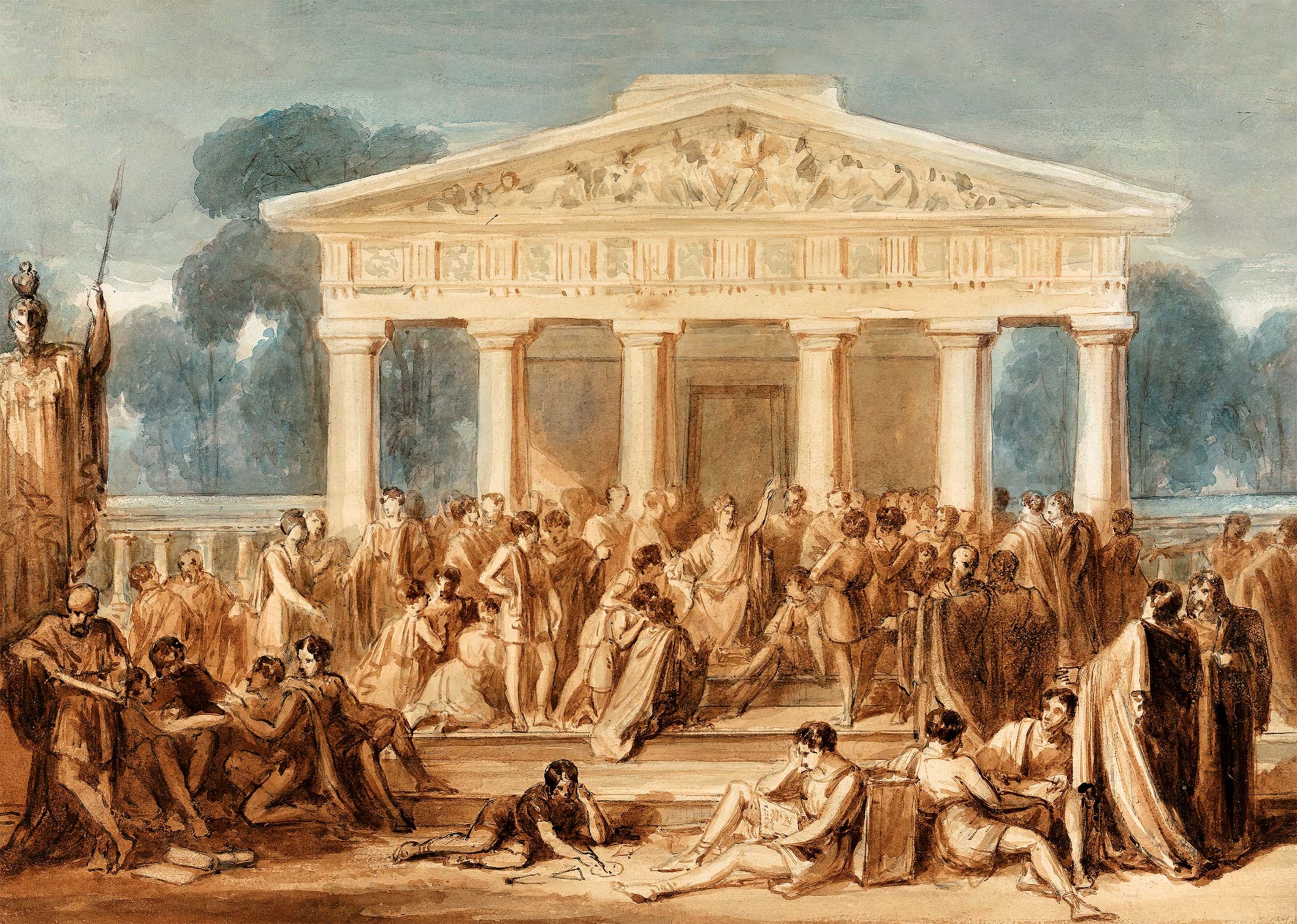
The suspects
One clear thing stands out in regard to Hypatia’s murder. The act was highly ritualized, a feature it has in common with the violent deaths of two Alexandrian patriarchs: the extreme Arian George of Cappadocia, who was killed in A.D. 361, and Proterius, who was killed in A.D. 457.
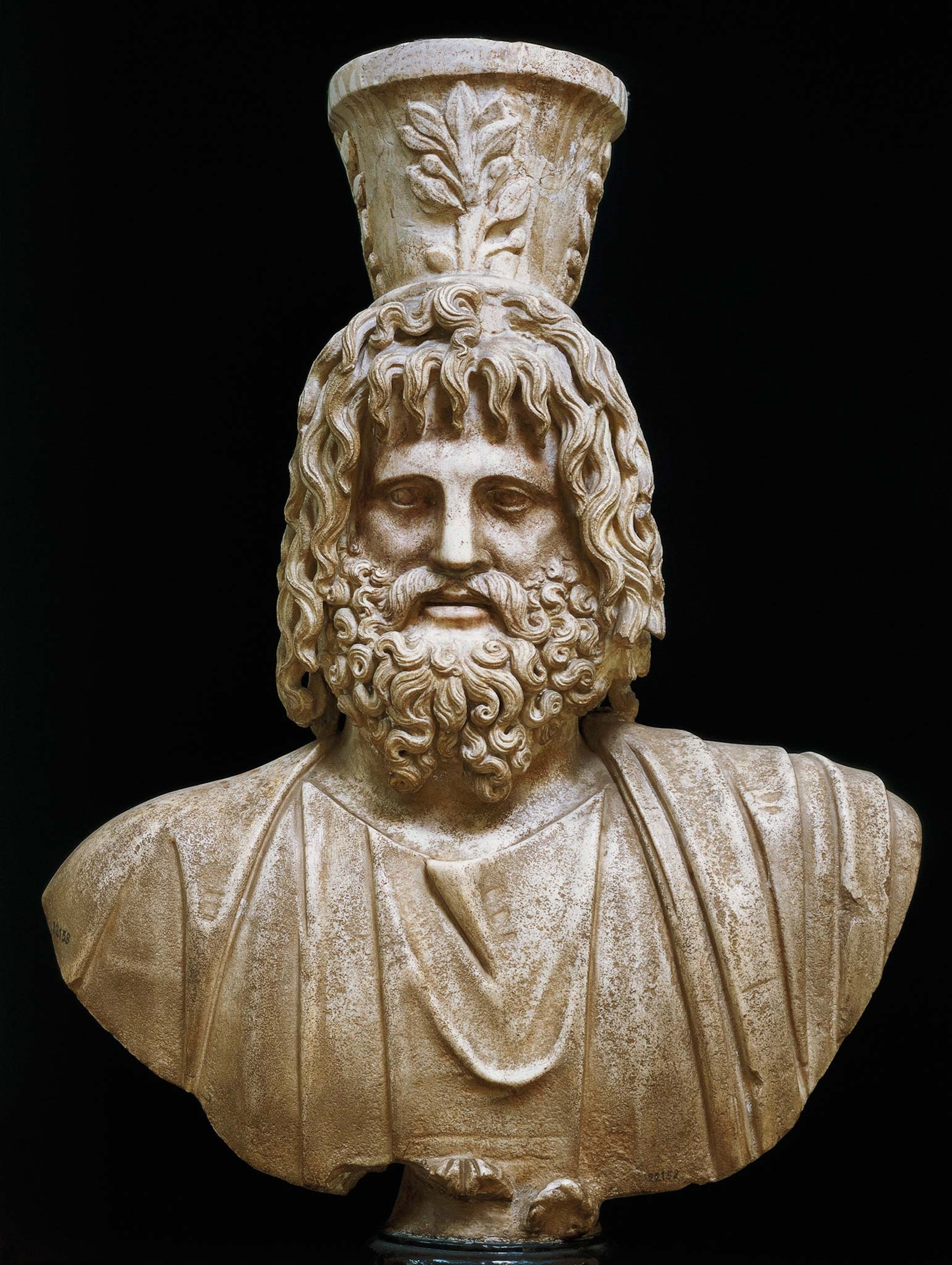
Although the circumstances surrounding each of the deaths of these bishops differ from Hypatia’s, all three murders do fit similar patterns. The patriarchs’ corpses were, like Hypatia’s, paraded by their murderers along the Canopic Way, Alexandria’s main thoroughfare. The victims’ bodies were dismembered and portions of their remains transferred to each of the city’s districts for subsequent cremation. It’s interesting to note that in A.D. 391, after the assault on the ancient Serapeum temple, the statue of the Greco-Egyptian deity Serapis itself was subjected to the same ritualized violence.
Seen in this context, Hypatia’s death could be interpreted as a premeditated assassination rather than a spontaneous act by a bloodthirsty mob. It’s possible she was used as a pawn in the political maneuvering of the moment, and there is one very clear political standoff that fits. Hypatia became involved in the showdown between two men who were both Christians: Cyril, Patriarch of Alexandria, and Orestes, Alexandria’s Roman governor.

Their motives
At the time, Cyril engaged in ruthless power politics to stamp out pagan influences in Alexandria. He wasn’t afraid to use violence to achieve his goals. He also was involved in the expulsion of the Jews from Alexandria following their attacks on Christians.
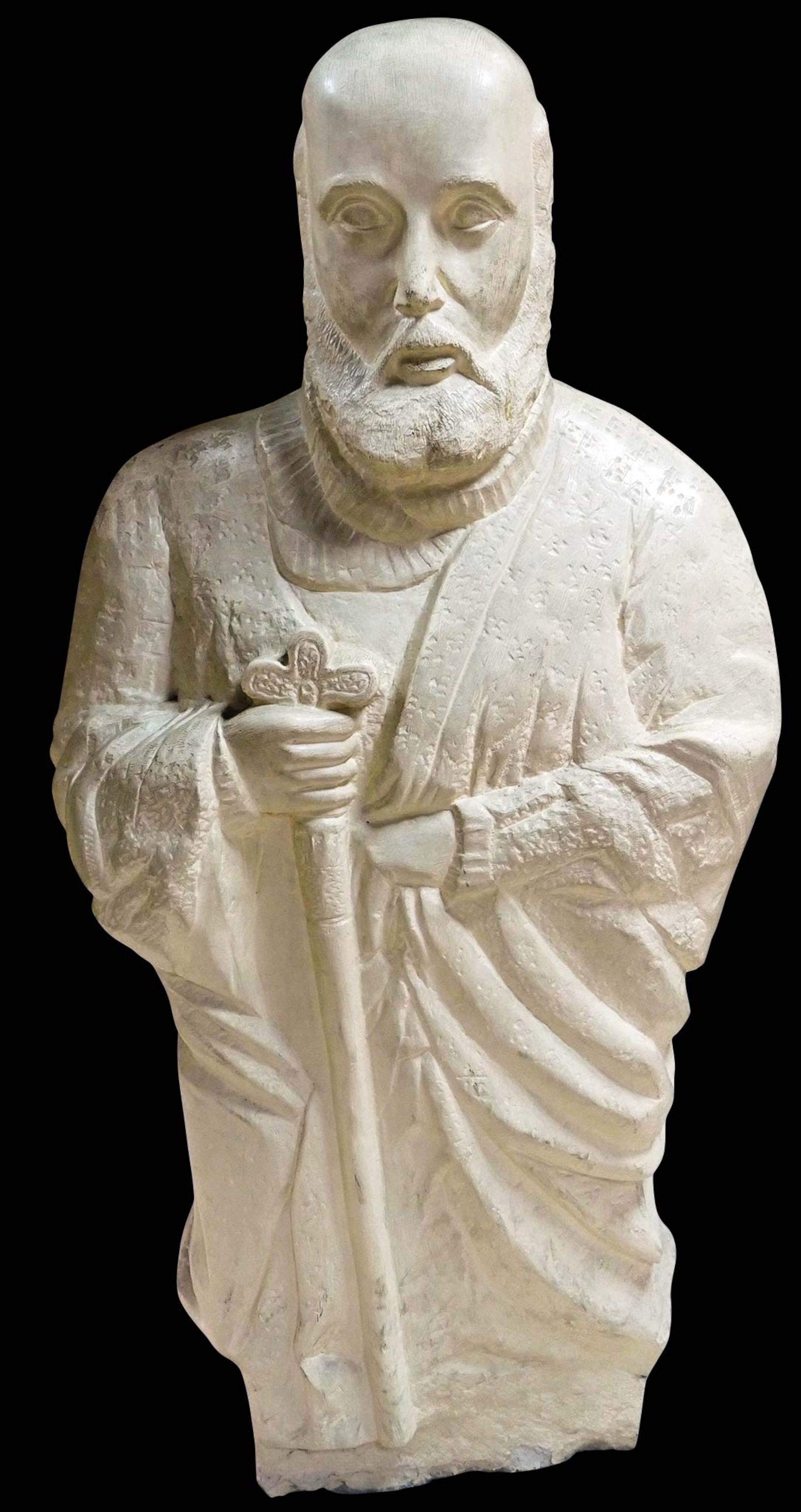
Enter the Roman prefect Orestes, who, in the imperial administration’s efforts to preserve Alexandria’s stability, had to count on support from the municipal aristocracy who mostly worshipped pagan gods. Orestes also needed to avoid sparking opposition from the Jews while garnering support from the Christians who opposed Cyril and his violent methods. Orestes, unlike Cyril, needed to appeal to a diverse group of people.
Orestes turned to his friend Hypatia. She was a suitable intermediary because of her status as a philosopher and because she had stayed at arm’s length from actively defending polytheism. She was well regarded by those across the Alexandrian elite who were neither agitators for one side or the other nor favored violence. Another aspect that made Hypatia stand out was that over many years she had cultivated a network. Her contacts included former students within powerful Christian circles, both in Constantinople (seat of the Roman Empire) and in Alexandria. Cyril thus viewed Hypatia as a possible threat to his hold over the city’s Christians.

The plot
To neutralize Hypatia, it seems that Cyril mounted a smear campaign accusing Hypatia of black magic and describing her as a dangerous witch using spells to lure people to her lectures. It was claimed she had ensnared Orestes into skipping Mass and allowing non-Christians into his house. Socrates Scholasticus notes that “as she [Hypatia] had frequent interviews with Orestes, it was calumniously reported among the Christian populace, that it was by her influence he was prevented from being reconciled to Cyril.” All of these clichés, which have been used through the ages to discredit women who occupy positions other than the traditional ones of wife and mother, were intended to frame Hypatia as a dangerous public enemy.
(Ancient Egypt gave rise to one of the world's oldest Christian faiths.)
A violent patriarch

Cyril couldn’t commit the murder himself, nor did he have to. He instead relied on his parabalani. Originally, this group of lay Christians acted as a charitable organization, caring for the city’s neediest people. But by the time Cyril was in charge, the parabalani had become more like an armed militia in the patriarch’s service. Although there is no proof that Cyril ordered Hypatia’s murder, everything suggests that Cyril had much to gain from her death and that the parabalani did the deed on his behalf.
Her assassination ended the threat she posed to Cyril through her support for Orestes’ policy of tolerance. Her death served as the breaking point between religious authority embodied by Patriarch Cyril and civil authority embodied by Prefect Orestes. It was Cyril who won the day.
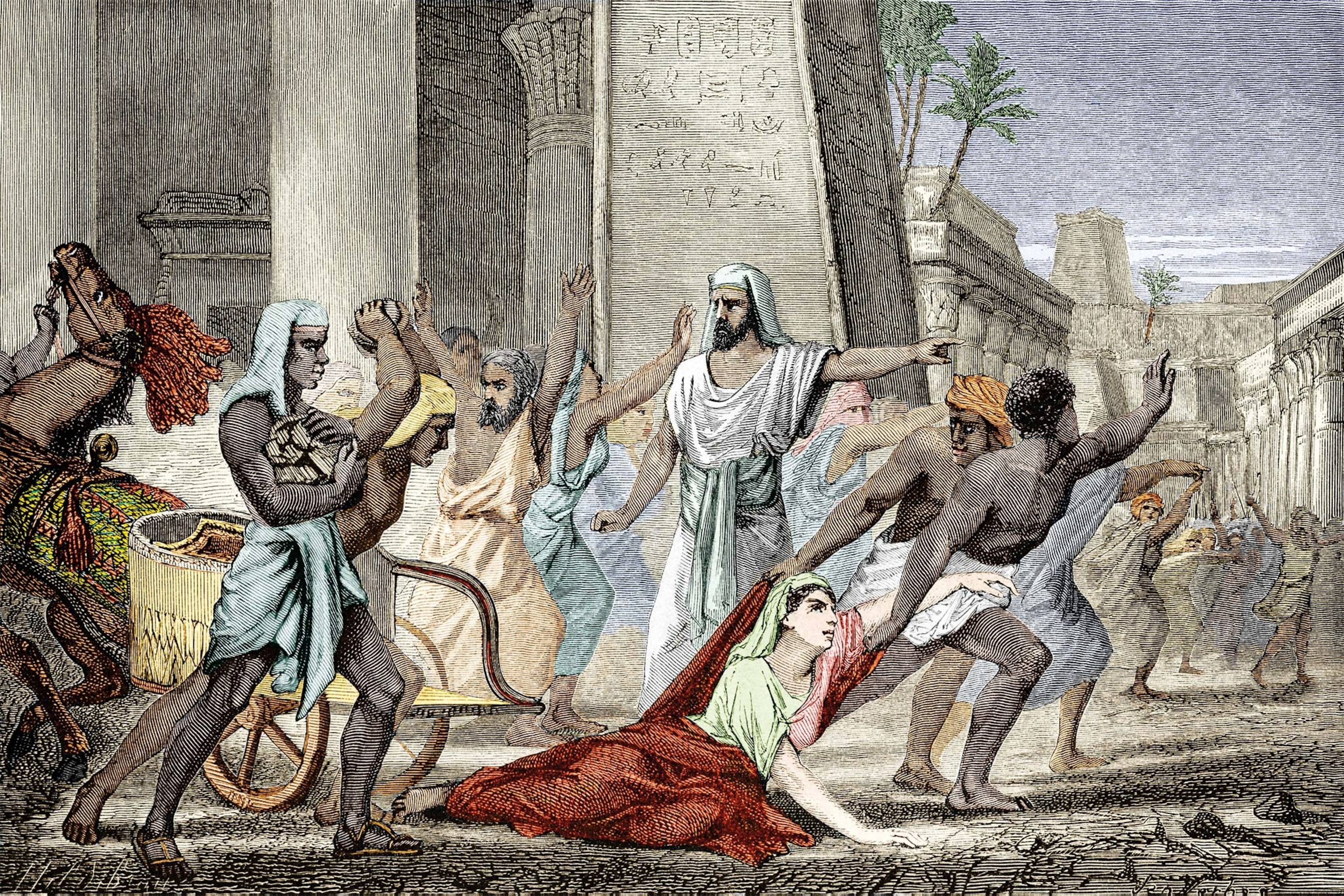
Hypatia’s death, however, was not a defeat for the pagans. Christians and pagans continued to coexist in Alexandria for more than a century. Neoplatonism thrived until the Arab conquest of Egypt in the seventh century and counted both Christians and pagans among its adherents. In the sixth century, the director of the school was a pagan, Ammonius Hermiae, while his deputy and the editor of his works was a Christian, John Philoponus. After Hypatia’s killing, no more was heard of Orestes. Although the Christian leaders didn’t eradicate pagan philosophy from the city, they did crackdown on secular authorities.
(These lost cities, including Alexandria, were once jewels of ancient Africa.)
Shining light
Hypatia’s story lived on. Her character and intellect were noted even by hostile Christian writers. In the 18th century, Voltaire wrote about her to condemn an overzealous church. The English clergyman Charles Kingsley penned a Victorian romance about her. She is the heroine of the 2009 Spanish movie Agora, whose fictitious plot has her saving the Alexandria Library from Christian fanatics. Her endurance in a patriarchal society makes her a feminist hero up to the present day, and she merits more recognition in history beyond the sensation of her horrific murder.
(This Wonder of the Ancient World shone brightly for more than a thousand years.)
